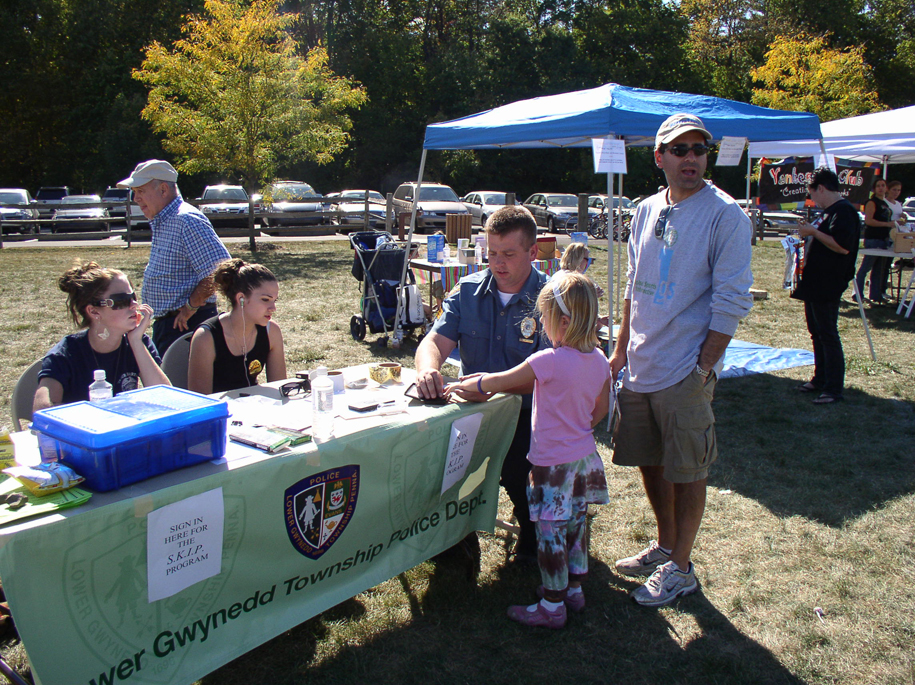
Trees provide economic benefits to communities.Trees help clean the air by producing oxygen and reducing smog, thus enhancing a community’s respiratory health. Trees are “natural air conditioners” reducing residential energy costs.Now, because of fewer trees and more carbon emissions (CO₂ mostly) the global tree population can handle less than 1/4 of today’s CO₂ in the atmosphere. Located only minutes from the city of Philadelphia, Lower Gwynedd has become the most sought after address in Montgomery County.1st Annual Lower Gwynedd Township Tree GiveawayĪ century ago, the tree canopy (defined as the layer of leaves, branches, and stems that provide tree coverage of the ground when viewed from above) of the world was adequate to keep up with the formation of CO₂. Lower Gwynedd prides itself on its natural balance between historic preservation and modern living. The major employers located in the Township are Wissahickon School District, Gwynedd Mercy University, and Janssen. The township consists of a mix of residential, commercial, and industrial zones. There are currently 6 parks (~130 acres) and over 25 miles of trails for residents to enjoy during their leisure time.

The median income is $92,987 and the median household assessed value is $429,000 ( Not only is our population growing, but our parks system has expanded as well. Our growing community is currently comprised of 11,405 residents. Todayįounded in 1698 by William Penn, today it is a beautiful and flourishing community rooted in tradition and culture. Out of the 66 pilgrims to arrive, 31 were named Evans, and a descendent of more than 300 years, Gwenellyn Evan Nicodemus, still resides in the township. The township is rooted in tradition and, in fact, still has a member of the community whose descendant's trace back to a family of the first settlers in Lower Gwynedd. Records show that when the pilgrims first arrived here from Wales that their new land, Gwynedd, was blanketed with snow.

The word Gwynedd is derived from the Welsh word "Gwyn Eth" which means white fields.

With the help of the leadership of William Penn the township was developed and later separated in 1891 into Lower and Upper Gwynedd. The Quakers settled Gwynedd Township in the late 1600's. Lower Gwynedd is one of the oldest townships in Montgomery County.


 0 kommentar(er)
0 kommentar(er)
